Some landmarks you once heard about, or maybe even visited, are gone forever. Over time, cities expanded, industries evolved, and nature took its course, leaving these once-iconic places behind.
New York’s original Penn Station, a grand architectural masterpiece, was demolished to make way for progress, sparking widespread regret. The Old Man of the Mountain, a natural granite formation in New Hampshire, crumbled after centuries of standing tall. Beloved destinations like Astroland in Coney Island brought joy to countless visitors before closing their gates for good.
Each of these landmarks held a special place in people’s hearts, whether for their cultural significance, historical value, or the memories they inspired.
While they no longer exist, their stories live on, offering a glimpse into the past. Which of these lost treasures would you have loved to see?
Let’s take a closer look at 15 beloved American landmarks that time couldn’t preserve.
The Sutro Baths
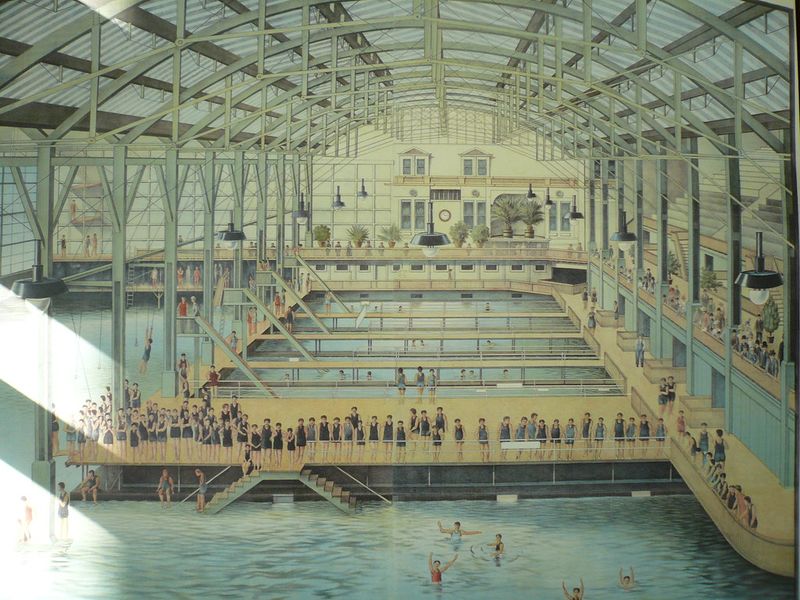
Perched on the coast of San Francisco, the Sutro Baths opened in 1896 as the world’s largest indoor swimming complex. It featured six saltwater pools, a museum, and an amphitheater.
Attracting visitors from all over, it was a symbol of innovation and leisure. By the 1960s, the baths were in decline, ultimately destroyed by fire in 1966.
Visitors can still explore the eerie ruins and picturesque surroundings, pondering the grandeur that once was. The site is part of the Golden Gate National Recreation Area, preserving its history.
The Singer Building
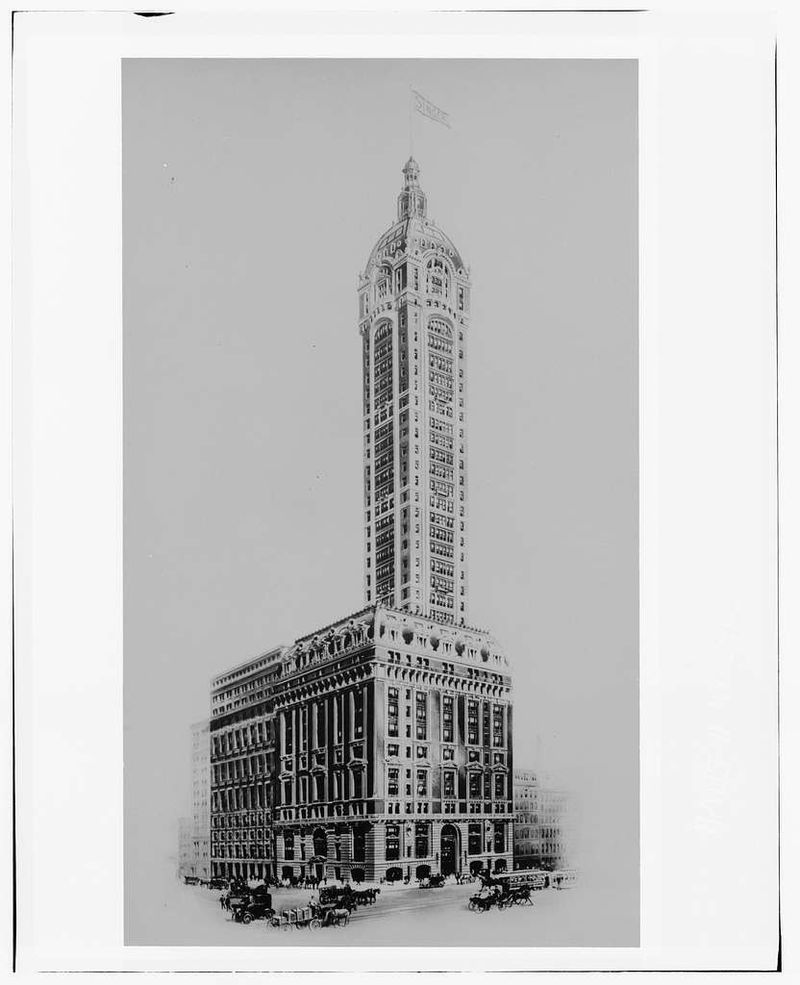
Once the tallest building in the world, New York City’s Singer Building stood as a beacon of early 20th-century engineering. Completed in 1908, its ornate design symbolized the power of the American economy.
However, changing architectural tastes and economic pressures led to its demolition in 1968. This decision stirred debates about the value of historic architecture versus modern needs.
Although it no longer graces the skyline, its memory inspires appreciation for preserving architectural heritage. Few images capture its former glory among the giants of the time.
The Original Penn Station
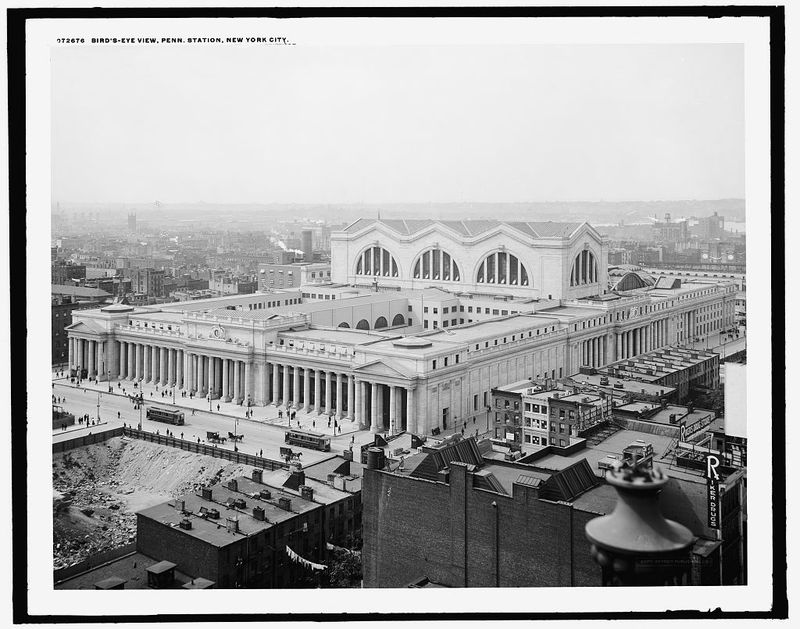
Completed in 1910, the original Pennsylvania Station in New York City was a Beaux-Arts masterpiece. Spanning two city blocks, its grand waiting room rivaled that of European cathedrals.
By the mid-20th century, the station had become obsolete, leading to its demolition in 1963. The outcry over its destruction sparked the historic preservation movement in the United States.
Today, its legacy endures in photographs and the memories of those who passed through its majestic halls. Its replacement, much less grand, serves as a daily reminder of what was lost.
The Hippodrome Theatre
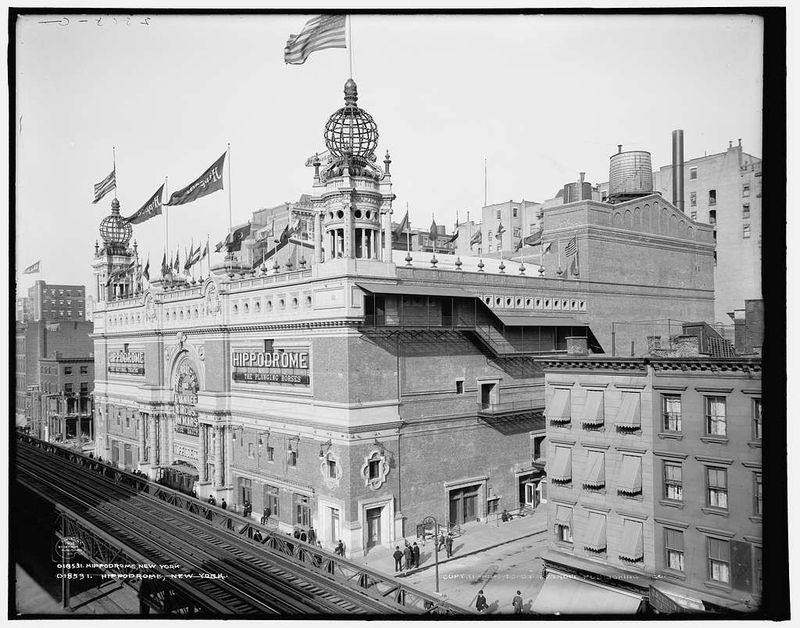
New York’s Hippodrome Theatre, opened in 1905, was a marvel of its time. It featured a stage larger than any Broadway theater and was known for extravagant shows.
The theater’s opulence reflected the entertainment industry’s booming era. Despite its success, the Great Depression dealt a heavy blow, leading to its closure in 1939.
The site now hosts office buildings, but the Hippodrome lives on in theatrical history. It remains a symbol of the golden age of live performances, inspiring future generations of entertainers.
Detroit’s Packard Plant
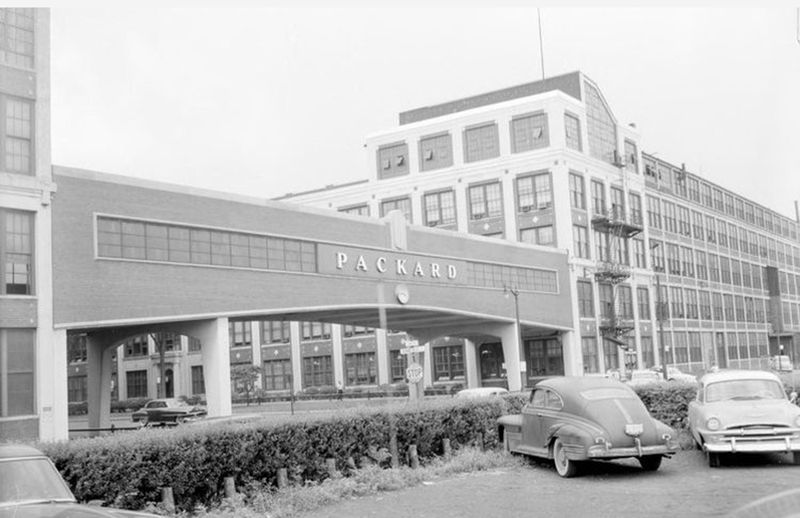
The Packard Automotive Plant in Detroit was once the epitome of industrial might. Spanning 3.
5 million square feet, it symbolized American manufacturing prowess during the early 20th century. The plant’s closure in 1958 was a prelude to the city’s economic decline.
Over decades, it turned into a haunting labyrinth of decay, attracting urban explorers and photographers. Efforts to redevelop the site have been ongoing, highlighting the challenges of revitalizing post-industrial landscapes.
Its ghostly presence serves as a reminder of Detroit’s complex history.
The Crystal Palace
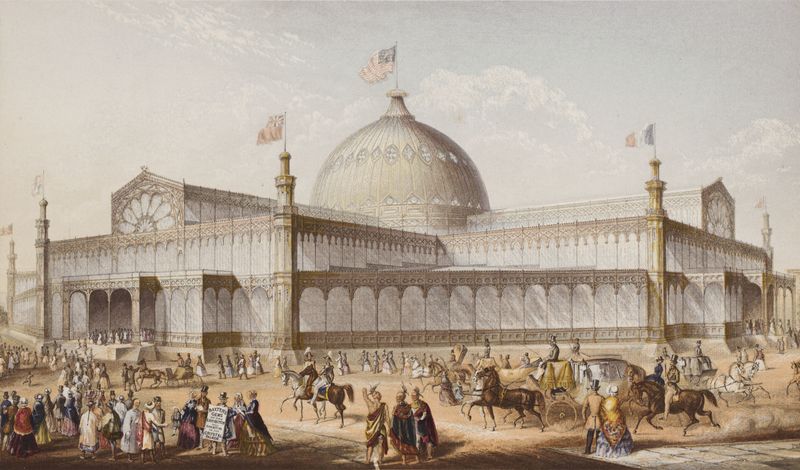
Inspired by London’s original, New York’s Crystal Palace was erected in 1853 for the Exhibition of the Industry of All Nations. This glass and iron marvel showcased American ingenuity and ambition.
It housed a variety of exhibits, drawing crowds eager to witness technological advancements. Tragically, a fire destroyed the structure in 1858, erasing its physical presence.
Its brief existence left a lasting impression on architectural design. Today, it is remembered as an important chapter in the story of innovation and exhibition in America.
Fort Apache Studios

Boston’s Fort Apache Studios was a legendary recording space for alternative rock bands during the late 1980s and 1990s. Known for its gritty yet innovative sound, it hosted iconic bands like the Pixies and Radiohead.
The studio’s atmosphere fostered creativity and artistic breakthroughs. However, financial challenges and changing industry dynamics led to its closure in 2002.
Its legacy continues to influence musicians who pass down stories of its unique vibe. Today, music lovers reminisce about the groundbreaking tracks created within its walls.
The Rainbow Pier
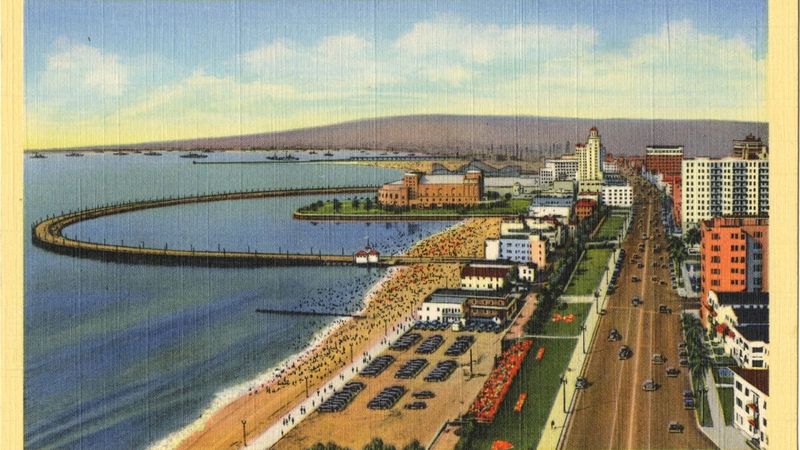
Stretching into the Pacific, Long Beach’s Rainbow Pier was an engineering and recreational marvel. Built in 1931, it offered scenic walking paths and fishing opportunities.
As the city evolved, so did its waterfront, leading to the pier’s demolition in the late 1960s. The area was redeveloped to accommodate changing urban needs.
Still, locals celebrate its memory during annual events, cherishing the pier’s contribution to community life. Its vibrant sunsets and bustling activity remain vivid in the stories shared by those who visited.
The Old Chicago Main Library
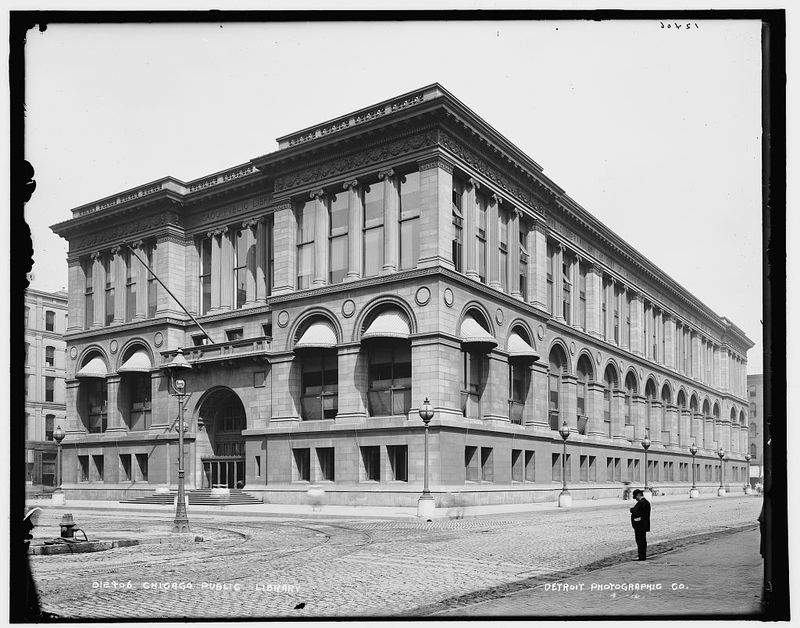
Opened in 1897, the Old Chicago Main Library was an architectural gem of the Beaux-Arts style. It served as a cultural hub for generations, offering vast collections and inspiring spaces for learning.
In 1991, the library was relocated, and the building repurposed as the Chicago Cultural Center. While the original library no longer exists in its intended form, its spirit thrives in the cultural activities it hosts today.
The transformation demonstrates adaptive reuse, blending historic preservation with contemporary relevance.
The Original Van Cortlandt Stadium
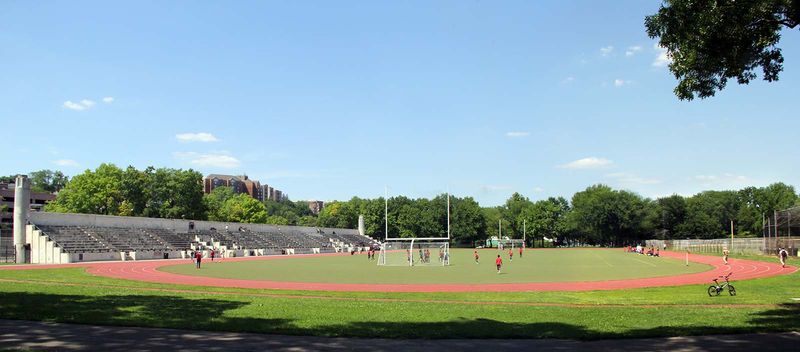
The original Van Cortlandt Stadium in the Bronx was a focal point for New York sports enthusiasts. Built in 1931, it hosted various athletic events, fostering community spirit.
By the 1970s, changing recreational needs and maintenance challenges led to its closure. The stadium was replaced by a modern facility, but memories of thrilling games linger.
Its legacy is celebrated by local historians and sports fans who cherish its contribution to New York’s athletic culture. Stories of legendary matches continue to captivate those who recall its vibrant history.
The Old Man of the Mountain
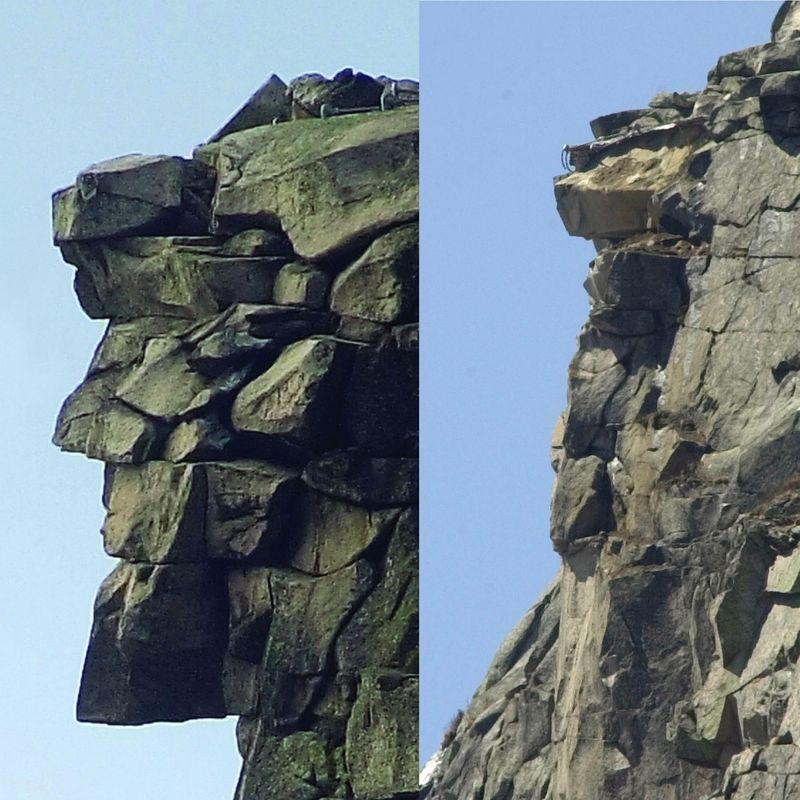
The Old Man of the Mountain was a series of five granite cliff ledges on Cannon Mountain in New Hampshire. Resembling a face, it became a state symbol and tourist attraction.
Formed naturally over millennia, it captivated those who gazed upon it. Unfortunately, in 2003, it collapsed due to natural erosion, leaving behind only memories and photographs.
Its absence stirred efforts to commemorate its presence, such as the creation of a memorial site. Though gone, it remains a cherished emblem of New Hampshire’s natural beauty.
The Baltimore Coliseum
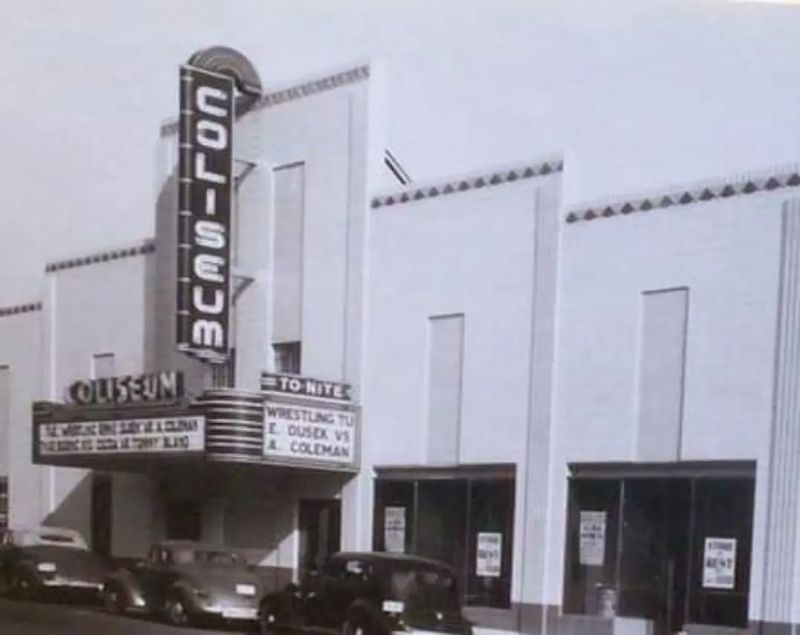
The Baltimore Coliseum was a vibrant hub for entertainment from the 1930s through the 1960s. Known for hosting concerts, sports events, and conventions, it was a cornerstone of the city’s cultural life.
By the 1970s, newer venues and urban development demands led to its closure and subsequent demolition. The site now serves other purposes, but the Coliseum’s cultural impact endures.
Residents reminisce about the electric atmosphere it fostered, recalling performances that left lasting impressions. Its story reflects the city’s historical evolution and passion for entertainment.
The Bellevue-Stratford Hotel
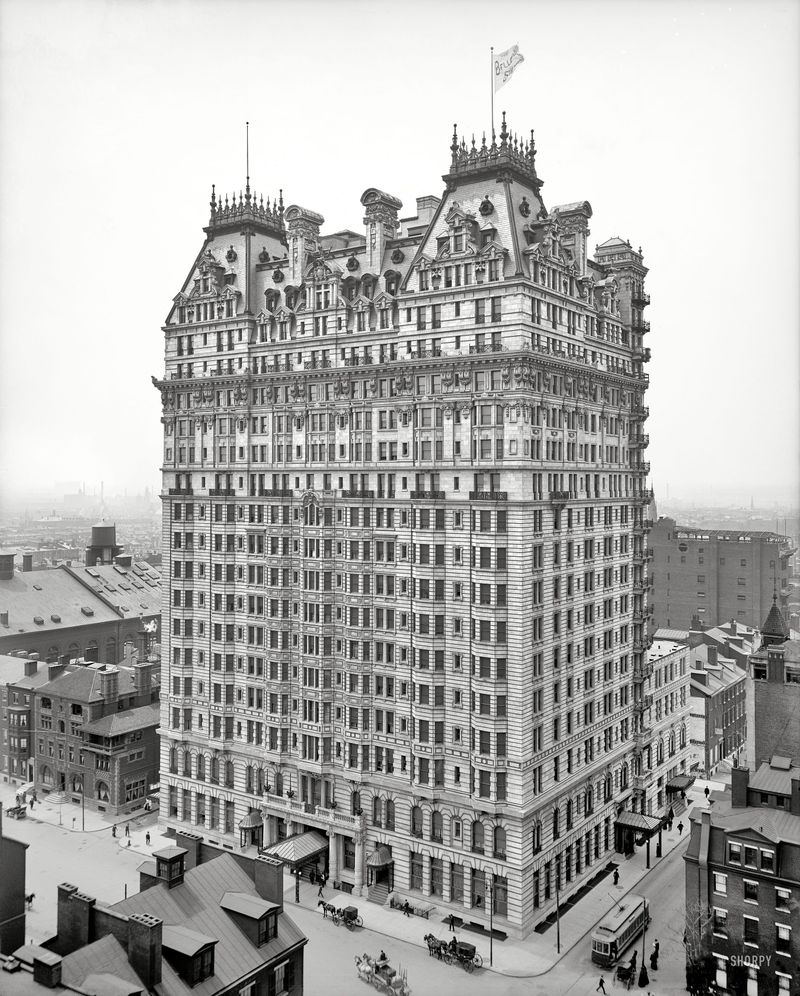
Philadelphia’s Bellevue-Stratford Hotel opened in 1904, epitomizing luxury and grandeur. It hosted distinguished guests and events, becoming a social epicenter.
However, the Legionnaires’ disease outbreak in 1976 severely damaged its reputation, leading to a decline. It closed its doors in the 1980s, later reopening as a mixed-use building.
While it no longer serves as an opulent hotel, its architectural elegance remains. The building’s adaptive reuse underscores the challenges faced by historic properties in modern times.
Its legacy lives on, inspiring conversations about health and safety in hospitality.
The Admiral Farragut Inn
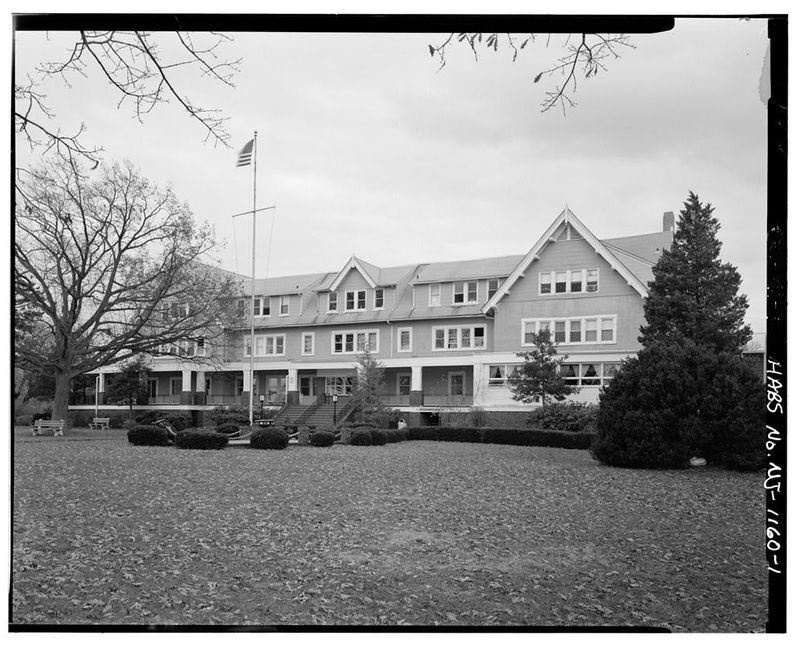
Located in Rhode Island, the Admiral Farragut Inn was a charming bed-and-breakfast known for its colonial architecture and hospitality. It offered a quaint escape for visitors seeking tranquility and history.
Unfortunately, changing tourism trends and economic pressures led to its closure in the early 2000s. Its warm ambience and inviting atmosphere are fondly remembered by guests.
The inn’s story highlights the challenges faced by small, historic establishments in adapting to contemporary tourism demands. Its memory endures in travel stories and photographs shared by those who stayed.
The Ambassador Hotel
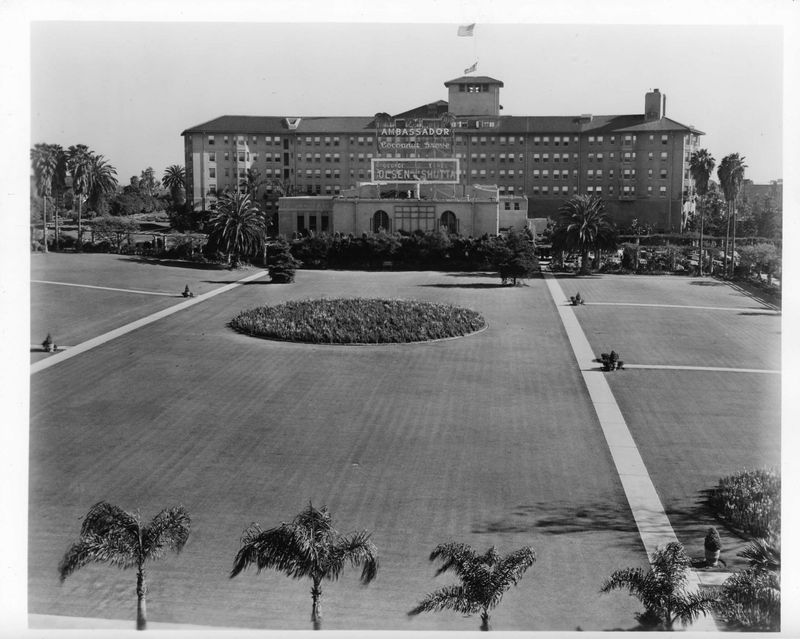
Los Angeles’ Ambassador Hotel opened in 1921, becoming a magnet for Hollywood stars and high-profile events. Known for hosting the Academy Awards, it was a pillar of the city’s glamour.
However, its doors closed in 1989, and it was demolished in 2005 to make way for a new school. The hotel’s legacy is entwined with entertainment history, remembered for its opulent parties and significant events.
Although no longer standing, it remains an icon of early Hollywood’s golden era. The site now serves educational purposes, reflecting changing urban priorities.
